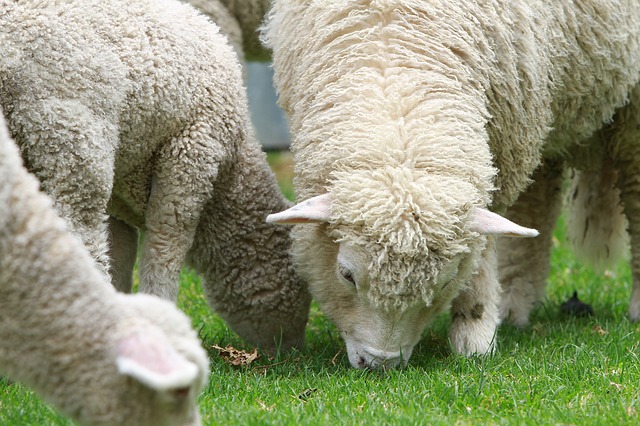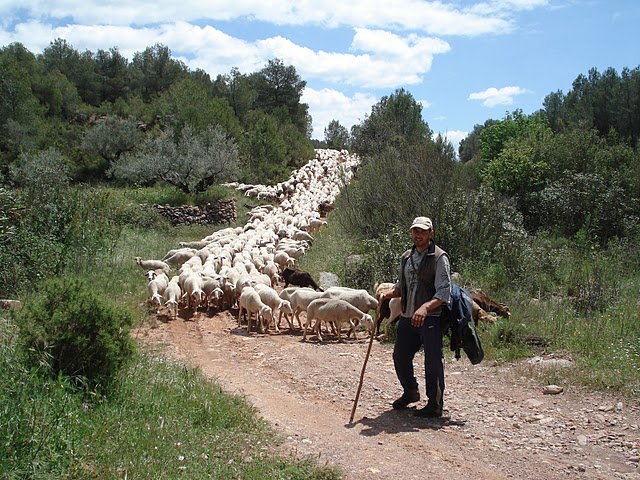Last November, the General Directorate of Fine Arts and Cultural Heritage and of Archives and Libraries initiated the file for the declaration of transhumance as a representative manifestation of Intangible Cultural Heritage.
As stated in the BOE, transhumance in Spain currently constitutes “a living heritage, despite the great reduction in transhumance livestock and the changes in this activity”. In several areas of Spain, this event continues to be carried out in the traditional manner, with the movement of livestock on foot.
It also recognizes that this activity has“contributed to shaping the cultural identity of many territories in Spain“, as well as giving rise to “a rich cultural and ethnographic heritage, reflected in festivals and traditions, in toponymy, in gastronomy and in all the architecture related to this activity”.

In this way, transhumance has traditionally been a “mechanism of cultural exchanges” between the different territories of the Peninsula.
Through the extensive network of cattle trails, whose extension is estimated at 125,000 kilometers, the transmission of news and knowledge took place, resulting in the generation of a certain cultural homogeneity throughout the different territories, derived from the social and cultural interrelationships that this pastoralism produced.
On the other hand, despite the “generalized state of deterioration of the road network”, this historical area of pastoral development incorporates a “set of values of high heritage interest”.

It also highlights its environmental characteristics, as the cattle trails serve as ecological corridors. At the same time, the entire network of cattle trails currently has a “strong tourist and recreational potential due to its use for the development of outdoor activities”.
Therefore, the transhumant livestock activity “has historically combined the use of natural resources and livestock through the so-called ‘transhumant pastoral culture’, producing family, social, economic, patrimonial and biological interrelations, and shaping and contributing to the cohesion and structuring of the peninsular landscape”.
Source: El Economista


